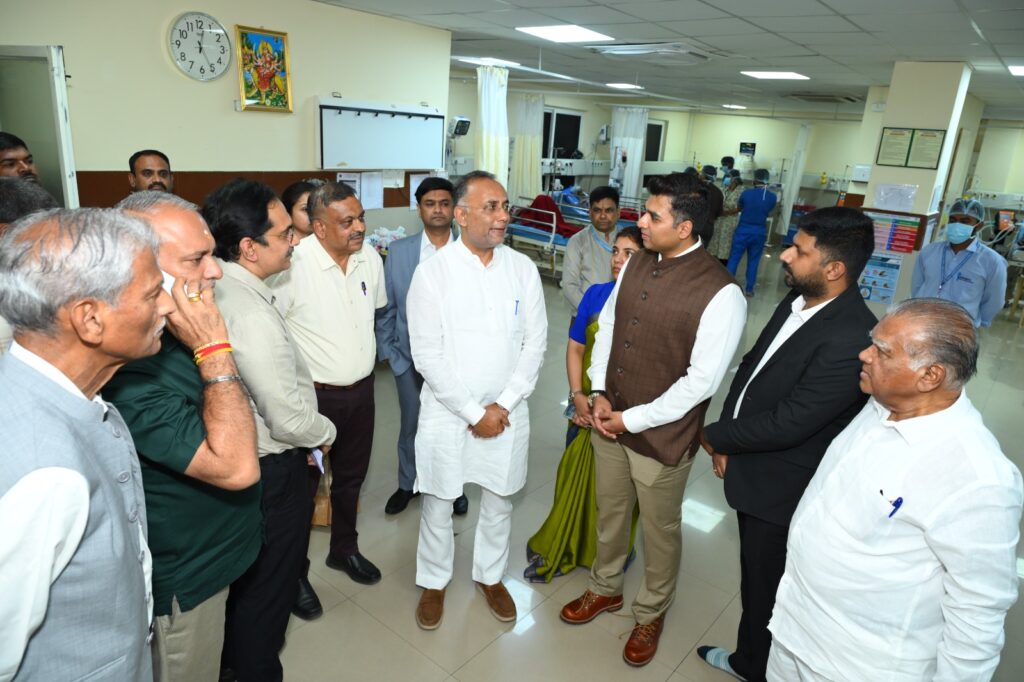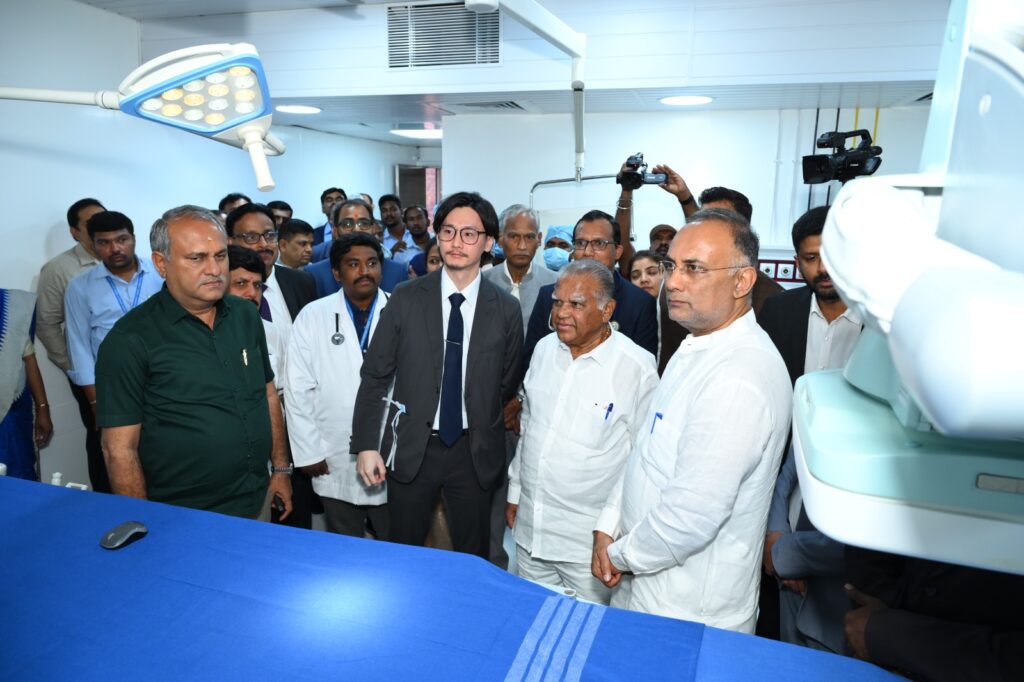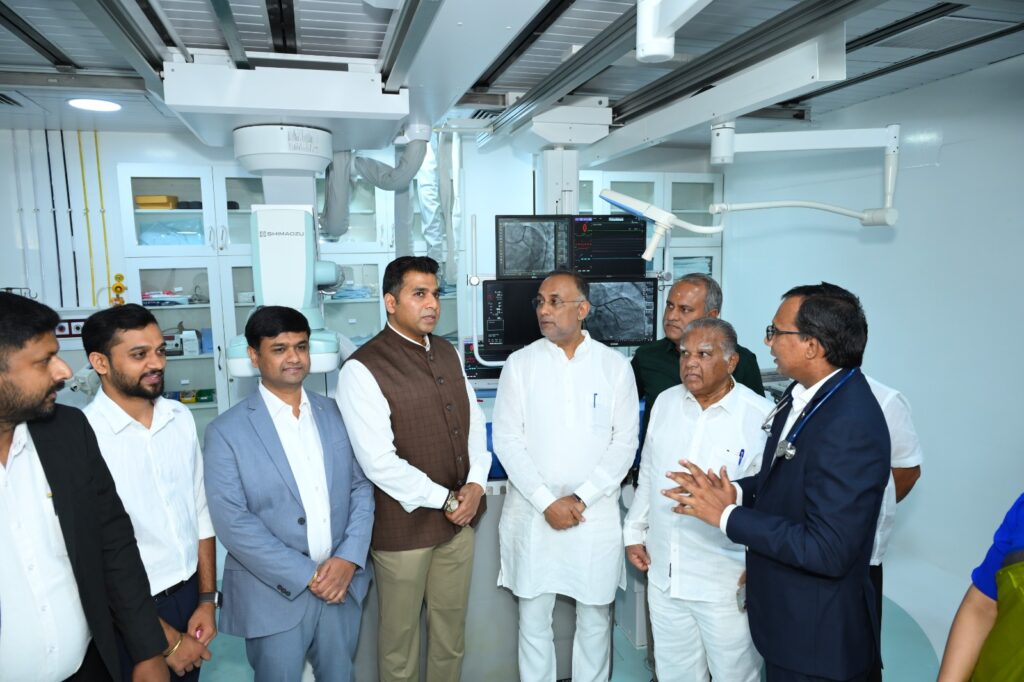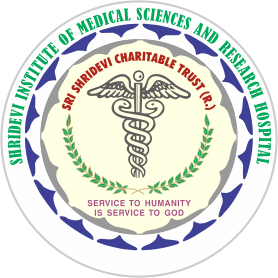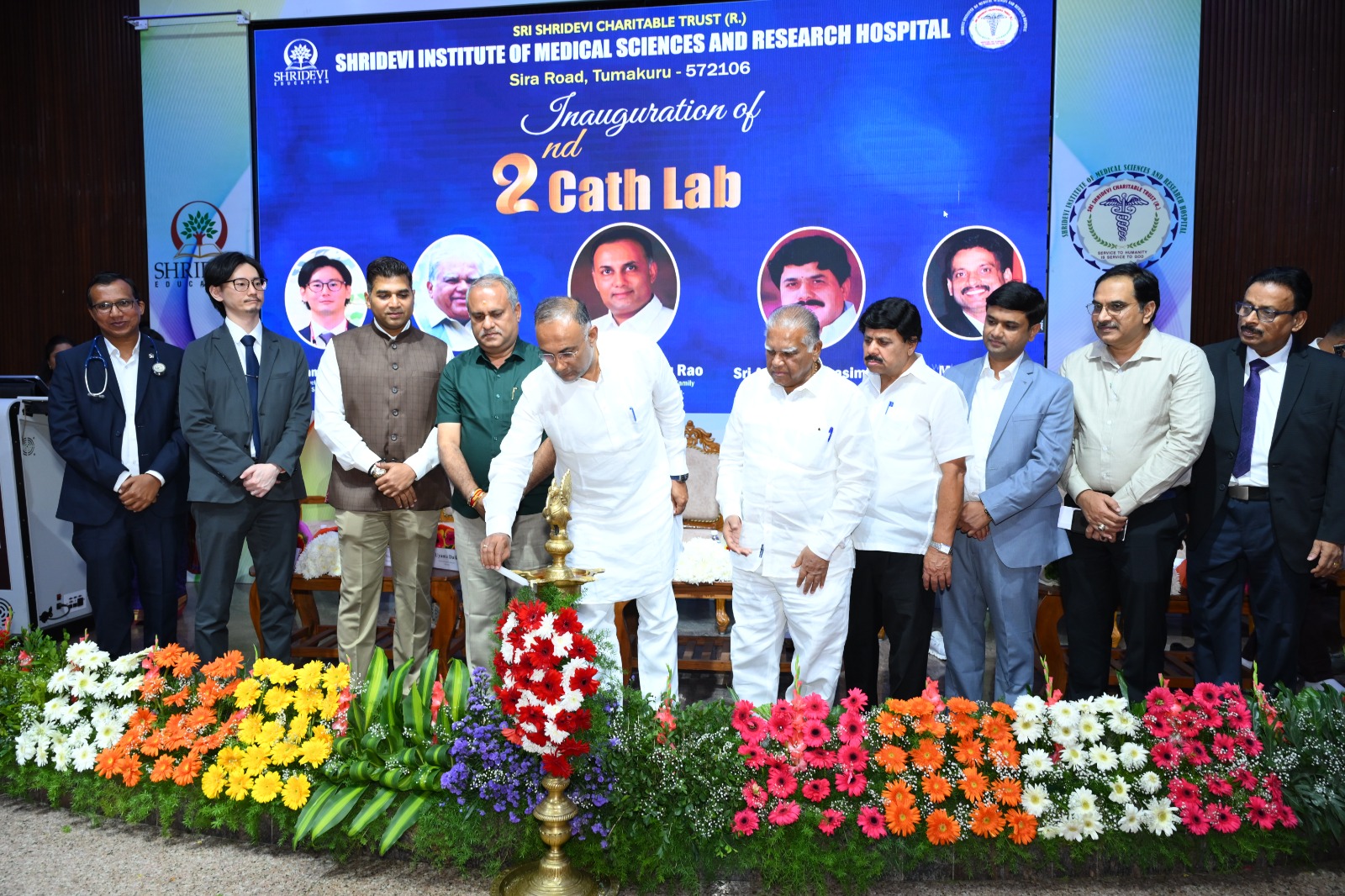A Milestone in Healthcare Excellence!
We are proud to introduce the state-of-the-art Japanese Cath Lab – SHIMADZU TRINIAS TYPE UNITY SMART C12 at Shridevi Institute of Medical Sciences & Research Hospital!
✨ Inaugurated by:
Sri Dinesh Gundu Rao, Hon’ble Minister for Health & Family Welfare, Govt of Karnataka.
With this advanced 2nd Cath Lab, we continue to provide world-class cardiac care and minimally invasive procedures, ensuring the best treatment outcomes for our patients.
